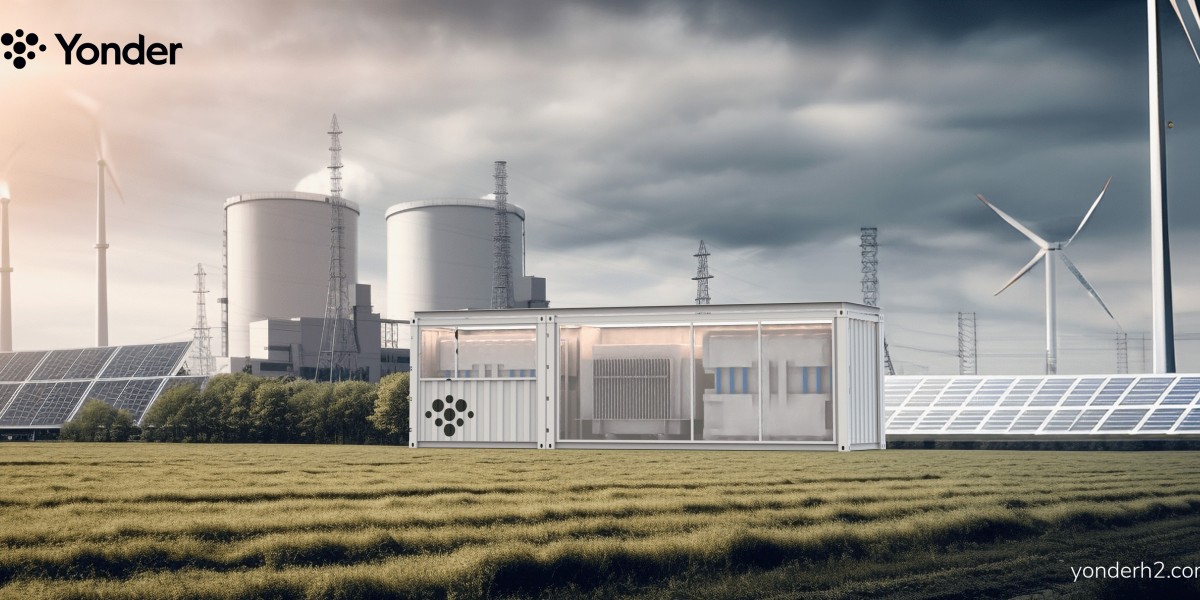India is positioning itself as a key player in the global shift towards sustainable energy, with green hydrogen projects emerging as a significant component of its strategy to combat climate change and achieve energy security. Green hydrogen—produced using renewable energy sources such as solar, wind, and hydro—offers numerous benefits for India’s energy landscape. Here’s a detailed look at the benefits of green hydrogen projects in India:
1. Reduction of Carbon Emissions
India faces significant challenges with air pollution and greenhouse gas emissions. Green hydrogen projects offer a pathway to significantly reduce carbon emissions by replacing fossil fuels in various sectors.
- Benefit: By shifting to green hydrogen for power generation, transportation, and industrial processes, India can lower its carbon footprint, helping meet its climate commitments under the Paris Agreement and contribute to global climate goals.
2. Enhancement of Energy Security
India’s heavy reliance on imported fossil fuels poses risks to energy security and economic stability. Green hydrogen can reduce dependence on imported fuels by utilizing domestic renewable energy resources.
- Benefit: By producing green hydrogen locally, India can enhance its energy security, reduce vulnerability to global fuel price fluctuations, and promote self-sufficiency in energy production.
3. Promotion of Renewable Energy Integration
India has a substantial renewable energy potential, particularly in solar and wind power. Green hydrogen projects can help integrate these intermittent renewable sources into the energy grid by providing a means of energy storage and stabilization.
- Benefit: Green hydrogen can store excess renewable energy generated during peak production periods and release it when renewable sources are less available, improving grid stability and reliability.
4. Development of a Green Hydrogen Economy
Green hydrogen projects can stimulate the growth of a new economic sector focused on clean energy. This includes the development of technologies, infrastructure, and supply chains for hydrogen production, storage, and distribution.
- Benefit: Investing in green hydrogen can create new job opportunities, foster innovation, and attract investments, contributing to economic growth and the development of a robust green hydrogen economy in India.
5. Decarbonization of Hard-to-Abate Sectors
Certain sectors, such as heavy industry, transportation, and power generation, are challenging to decarbonize using conventional methods. Green hydrogen can serve as a clean fuel for these sectors, helping reduce emissions from industrial processes, heavy-duty vehicles, and power plants.
- Benefit: By enabling the use of green hydrogen in industries and transportation, India can address some of its most difficult emissions reduction challenges and move closer to achieving its overall climate goals.
6. Support for Rural Development
Green hydrogen projects often involve the development of renewable energy infrastructure in rural areas, where there is significant potential for solar and wind energy.
- Benefit: By establishing renewable energy and hydrogen production facilities in rural regions, these projects can drive rural development, improve local infrastructure, and create economic opportunities for communities that may otherwise be left behind.
7. Reduction of Air Pollution
Many of India’s urban areas struggle with high levels of air pollution due to emissions from vehicles and industrial activities. Green hydrogen can help mitigate air pollution by providing a zero-emission alternative to conventional fuels.
- Benefit: Transitioning to hydrogen fuel cells for transportation and using hydrogen in industrial processes can help reduce harmful pollutants, improving air quality and public health in Indian cities.
8. International Leadership and Collaboration
By investing in green hydrogen projects, India can position itself as a leader in the emerging global hydrogen economy. This can open doors for international collaborations and partnerships, enhancing India’s role in global clean energy initiatives.
- Benefit: Being a frontrunner in green hydrogen technology can attract international investment, foster global partnerships, and enhance India’s reputation as a committed player in the global fight against climate change.
9. Technological Innovation and Advancement
Green hydrogen projects drive the development and deployment of advanced technologies, including electrolysis systems, hydrogen storage solutions, and fuel cells.
- Benefit: Investing in these technologies not only advances India’s capabilities in green hydrogen but also contributes to global technological progress and innovation in clean energy.
10. Alignment with National Climate and Energy Goals
Green hydrogen aligns with India’s broader climate and energy goals, including the National Hydrogen Mission, which aims to promote green hydrogen production and utilization as part of the country’s transition to a low-carbon economy.
- Benefit: By supporting green hydrogen projects, India can make tangible progress toward achieving its national climate and energy objectives, including reducing greenhouse gas emissions and enhancing energy sustainability.
Conclusion
Green hydrogen projects present a range of benefits for India, from reducing carbon emissions and enhancing energy security to fostering economic growth and improving air quality. As India continues to invest in and develop green hydrogen infrastructure, these projects will play a crucial role in driving the country’s transition to a sustainable energy future, supporting both national and global climate goals.



